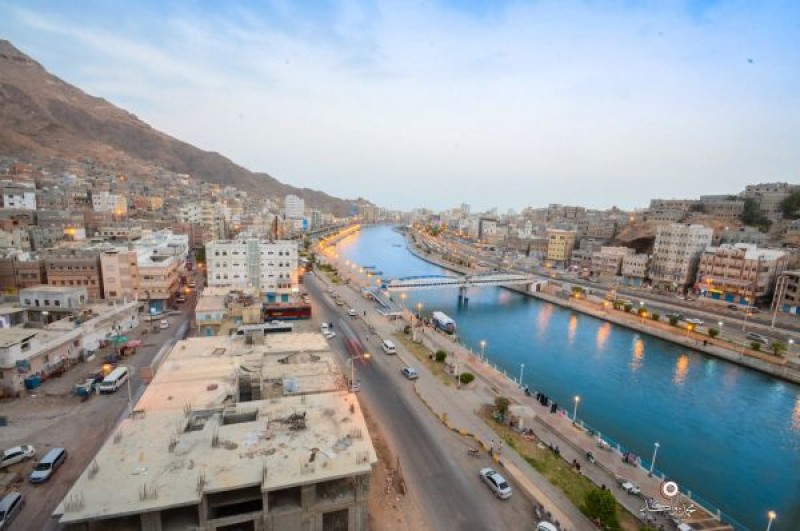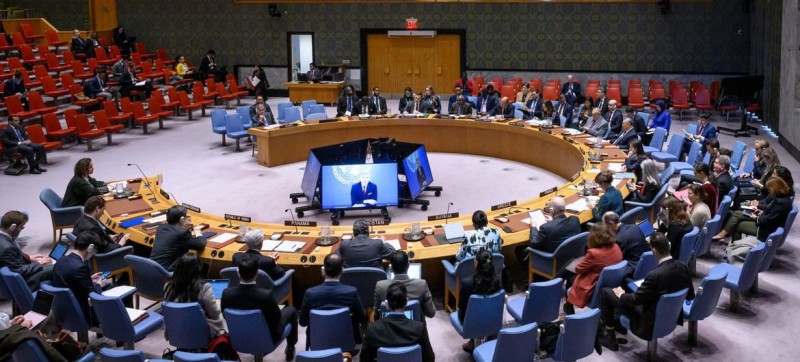Ten things you need to know about Yemen right now
Large-scale famine is looming in Yemen, but funding levels are severely low. Tens of thousands of people are starving to death in the world’s worst crisis, but they now also face reductions in desperately needed life-saving aid.
1. Yemen, in its sixth year of conflict, remains the world’s worst humanitarian crisis
The situation is deteriorating. Recent assessments show that nearly 50,000 people are now in famine-like conditions. The worst hunger is clustered in conflict-affected areas. Almost 21 million people (more than 66 per cent of the population) require humanitarian aid and protection. More than 12 million people are estimated to be in acute need.
2. Large-scale famine is looming
Sixteen million people in Yemen will go hungry this year. Already, nearly 50,000 people are essentially starving to death, as pockets of famine-like conditions have returned to the country for the first time in two years. Another 5 million vulnerable people are just one step away from famine.
3. Highest levels of severe acute malnutrition recorded since the conflict escalated
Nearly 2.3 million children under 5 years of age in Yemen are projected to suffer from acute malnutrition in 2021. Of these children, 400,000 are expected to suffer from severe acute malnutrition and could die if they do not receive urgent treatment. These are among the highest levels of severe acute malnutrition recorded in Yemen since the conflict escalated in 2015.
4. Many health-compromised Yemenis now face COVID-19
More than 2,100 cases of COVID-19, including 617 associated deaths, have been officially confirmed, but the actual numbers are much higher and the virus is still spreading. The response to the pandemic in Yemen has been affected by limited testing, a lack of health-care centres, and severe shortages of medical supplies and personal protective equipment.
5.Yemen’s crisis is unprecedented
The country has never experienced a situation like this, where a severe domestic economic crisis is now overlapping with a sharp drop in remittances and major cuts in donor support for humanitarian aid – all amid a looming large-scale famine and high levels of acute malnutrition.
6. Yemen’s economy is heading for a calamity
The local currency has collapsed, pushing food and other essential goods – nearly all of which must be imported – out of reach. Fuel prices are surging, and higher transport costs are discouraging people from seeking health care when they need it. Humanitarian agencies are reducing aid because they can’t reach some communities.
7. More than 9 million people affected by deep cuts to aid programmes
These programmes cover life-saving food, water and health care. The aid operation previously helped nearly 14 million people every month, but that number has now drastically reduced to just over 10 million. Millions more people still receiving assistance are getting less than they used to. Withholding funds from the humanitarian response now is a death sentence for millions of families.
8. Humanitarian aid agencies continue to deliver
Even with limited resources and a challenging operating environment, agencies continue to deliver large-scale programmes in Yemen, and they are eager to scale up their life-saving work across the country. However, agencies can only reach more people if they have enough funding to do so.
9. Funding is a lifeline for many Yemenis
With adequate levels of funding, aid agencies save and change lives. In 2018, humanitarians managed one of the fastest and largest scale-ups of assistance in recent history, reaching nearly 14 million people with life-saving aid every month. This prevented large-scale famine, rolled back the worst cholera epidemic in a generation and supported millions of displaced people.
10. Promises don’t save lives
Aid operations were severely underfunded last year: only half of the US$3.4 billion needed for the humanitarian response was received by the year’s end. This is less than half of what aid agencies received the previous year.
As a result, we were forced to close or scale down 31 of 41 critical programmes in 2020. If adequate funds are not received this year, we will be forced to make further cuts to life-saving programmes – including lifeline food assistance.
We urge all donors to honour their pledges and increase their support for Yemen before it’s too late.




